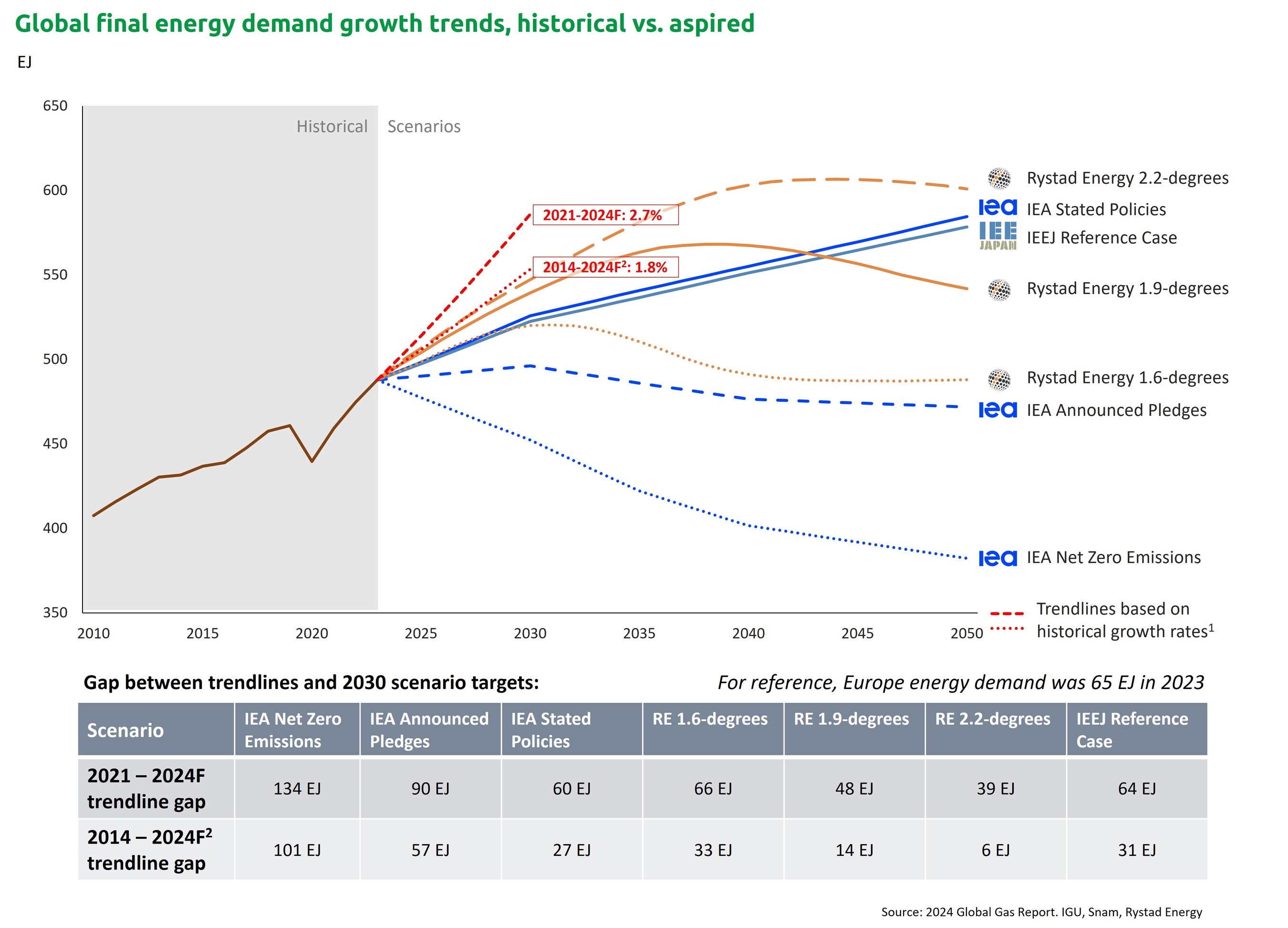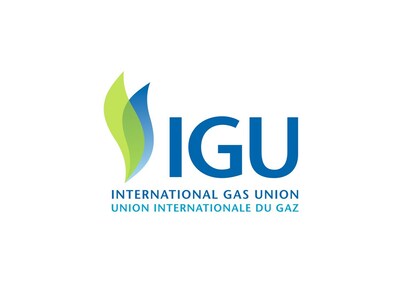
STAVANGER, Norway, Aug. 27, 2024 /PRNewswire/ -- The International Gas Union (IGU), Snam and knowledge partner Rystad Energy, are releasing the 2024 Global Gas Report (GGR) at the ONS Conference.
A PHP Error was encountered
Severity: Warning
Message: Undefined array key 4
Filename: views/newsdetail_view.php
Line Number: 97
Backtrace:
File: /home/judfadzm/public_html/webinar4demand.com/application/views/newsdetail_view.php
Line: 97
Function: _error_handler
File: /home/judfadzm/public_html/webinar4demand.com/application/controllers/News.php
Line: 82
Function: view
File: /home/judfadzm/public_html/webinar4demand.com/application/controllers/News.php
Line: 16
Function: index
File: /home/judfadzm/public_html/webinar4demand.com/index.php
Line: 317
Function: require_once
A PHP Error was encountered
Severity: Warning
Message: Attempt to read property "image_name" on null
Filename: views/newsdetail_view.php
Line Number: 97
Backtrace:
File: /home/judfadzm/public_html/webinar4demand.com/application/views/newsdetail_view.php
Line: 97
Function: _error_handler
File: /home/judfadzm/public_html/webinar4demand.com/application/controllers/News.php
Line: 82
Function: view
File: /home/judfadzm/public_html/webinar4demand.com/application/controllers/News.php
Line: 16
Function: index
File: /home/judfadzm/public_html/webinar4demand.com/index.php
Line: 317
Function: require_once
Global gas markets stay in fragile equilibrium, with limited supply growth as demand rises steadily, up by 1.5% in 2023, with an expected acceleration to 2.1% by the end of 2024. Asia continues to be the key engine of this growth, while North America and the Middle East are in the lead on the exports.
Should gas demand continue to grow as in the last 4 years, without additional production development, a 22% global supply shortfall is expected by 2030. If demand continues to strengthen, the shortfall will be more pronounced. This underscores the urgent need to scale up investments.
Energy demand has continued to rise in developed and developing regions, while coal burning increased more than ever in 2023, remaining the biggest source of global energy emissions – which broke another record. If current energy demand and supply trends persist, 2030 targets outlined in policy driven decarbonisation scenarios will most likely be missed. In fact, despite efforts to enhance efficiency and ongoing industrial decline, Europe has experienced energy demand growth. In North America, energy demand has surpassed 2019 levels and continues to climb, fuelled by the transport sector and AI data centres. Asia's demand is also surging, particularly in the industrial sectors of India and China. Meanwhile, Africa's energy demand is growing faster than in most regions, driven by urban development, though it still falls short of the levels required for full energy access, as equitable electricity access remains a significant challenge in Africa and parts of South America.
To contain the growth of greenhouse gas emissions and to make global gas market equilibrium resilient it is critical to both enhance investment in natural gas supply and scale up biomethane, carbon capture and storage (CCS), and low-carbon hydrogen technologies. Natural gas today provides an immediate opportunity to cut emissions from coal by 50% and from oil by 30% through cost-effective switching. Biomethane is a direct substitution for natural gas. Today, its scale is significantly below potential at roughly 1% of the natural gas market, and it is primarily produced in North America and Europe. However, new centres of production are emerging in hubs like China and India. CO2 capture capacity, a crucial technology for a successful energy transition, is also gaining momentum, but its scale is still far below what is needed, same as for biomethane and low-carbon hydrogen. These technologies will play a critical role in decarbonising energy supply (especially in hard-to-abate sectors) and ensuring its resilience. Scaling them is essential, calling for urgent investment and enabling policies to start building the growing volumes of project proposals.
IGU President, Mme Li Yalan, commented: Energy and gas demand continue to grow, driven by improving living standards in the developing world, new demand trends, and ongoing growth in developed regions. We must look for a realistic way to balance these trends with long-term sustainability goals, such as building a diversified energy system, and comprehensive approaches to tackle climate change. Embracing innovative solutions and flexible policies will be key to navigate this highly uncertain energy landscape.
Snam CEO, Stefano Venier, commented: The energy transition represents a unique challenge for mankind. A journey that will not be linear, marked by great aspirations and many hurdles, from geopolitical tensions to technology disruptions and unforeseeable global economy developments. In this continuously evolving transformation, natural gas and related infrastructure represents a critical element of sustainable resiliency for the global energy system, while new green and low carbon molecules will play an essential role to achieve a just and technologically neutral transition.
Rystad Energy CEO, Jarand Rystad, commented:
Natural gas, now 30% of the fossil fuel mix, is cheaper and cleaner than oil and coal, with emissions significantly lower than both. As global LNG access expands, natural gas is on track to surpass coal by 2030 and oil by 2050. We're proud to support IGU and Snam in detailing these key market trends and the future trajectory of natural gas.
About the Report: The 2024 Edition of the Global Gas Report is a collaborative effort by IGU and Snam, produced by Rystad Energy. It seeks to deliver global gas industry insights about the sector and to inform its stakeholders, partners, and global decision makers about the state of play today, highlighting future priorities. This is the sixth annual release, with the first Global Gas Report by the IGU and Snam delivered for the 2018 World Gas Conference.
Photo - https://mma.prnewswire.com/media/2488469/Global_Energy_Demand_Growth.jpg
Logo - https://mma.prnewswire.com/media/2392729/IGU_Logo.jpg
Logo - https://mma.prnewswire.com/media/2488466/Snam_Logo.jpg
Logo - https://mma.prnewswire.com/media/2488468/Rystad_Logo.jpg















